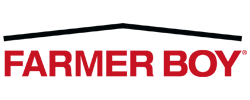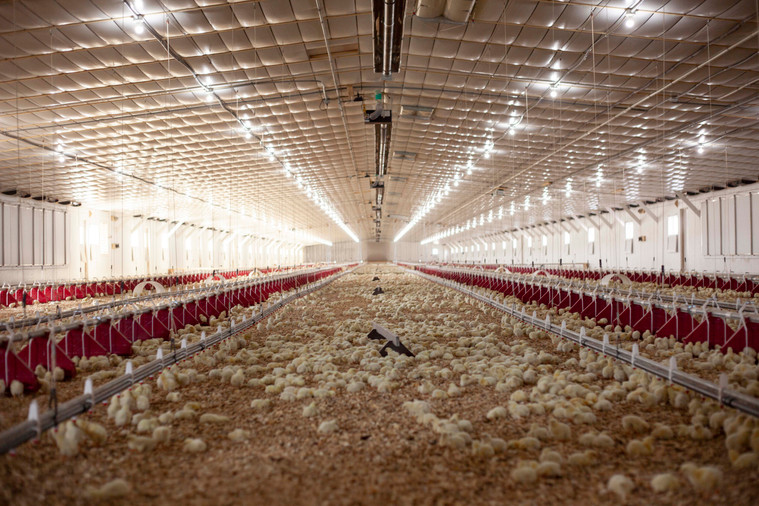An Overview Of LED Lighting For Livestock Farms
Jun 1, 2021
LED lighting is a relatively new technology. However, in the last decade LEDs have become more accessible, and their use has quickly expanded. Today, LED lamps are common in a range of applications, including agriculture.
From greenhouses to livestock farms, LED lights offer many advantages to farmers. We’ll explain what LEDs are and how they can help farmers and benefit livestock.
What Is LED Lighting?
LED stands for “Light Emitting Diode.” The technology behind LEDs has existed since the 1960s, however it wasn’t until the mid-90s that they became a viable general lighting option. Since the beginning of the 2000s, further improvements in LED lighting technology have made them even more accessible for farmers and agricultural uses.
Benefits Of LED Lighting In Barns
Whether your barn is for feed storage, animal housing, or another use, LED barn lights have several benefits over traditional lighting.
Energy Savings & Profitability
One of the most obvious benefits of LEDs is their cost-saving potential. While LED lighting is more expensive up front, the long-term savings on energy consumption and bulb replacement can be significant. According to the U.S. Department of Energy (DOE), LED bulbs use at least 75% less energy than traditional incandescent light bulbs.
In a study of a Minnesota turkey producer, switching to LED lighting saved around $2,000 annually, per barn.
Longer Lasting Light Source
Alongside less energy consumption, LED lights also offer a significantly longer lifespan than other types of light, like incandescent or CFL bulbs. According to the DOE, LED bulbs generally last for 30,000 to 50,000 hours. However, higher quality and specialized LED lights can last for even longer.
By comparison, the average incandescent lamp only lasts about 1,000 hours and CFL bulbs last between 8,000 to 10,000 hours. This gives LED lights another cost saving advantage. For large livestock operations, this can also greatly reduce maintenance time spent replacing bulbs.
Better Control Over Light Emission
An overlooked advantage of LED lighting is its improved level of control of light emission. They are an easily controlled, instantaneous source of light, which offers many benefits to livestock operations, particularly poultry production. Unlike incandescent or CFL bulbs, LED bulbs are instant-on and dimmable.
Additionally, LED lighting is directional: light emission will only occur in the direction the LED chip is pointed. Conversely, tungsten filaments emit light in every direction, requiring mirroring to reflect the light into specific directions.
Health & Safety For Livestock
LED construction is far more durable than traditional filament-based bulbs. While this has benefits for maintenance and can also reduce costs, LED construction also benefits the health and safety of livestock.
Because LEDs generate significantly lower temperatures than traditional bulbs, they can be made from plastic instead of glass. This prevents the safety risks associated with shattered glass. In addition, CFL bulbs contain chemicals, namely mercury, which are toxic if the bulbs are mishandled or shatter. LEDs do not contain mercury or other potentially harmful substances.
LED Lighting And Livestock Farms
Aside from its general benefits for farms, LED lighting has additional benefits that are specific to livestock.
These benefits are surprisingly numerous, and, as we learn more about LED technology and the impacts it can have, we continue to uncover more advantages in health, safety, and animal production.
Benefits For Dairy Farms
All animals have complex biological interactions with light. We continue to study and learn how light can impact the health and production of livestock. Studies have shown a lighting technique known as Long-day Lighting can improve milk production rates in dairy cows.
LED lighting systems can be optimized for Long-day Lighting. These solutions make it easier for producers to automate their lighting schedule to optimize for milk production while also minimizing costs.


